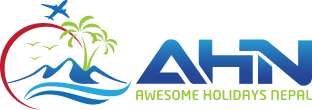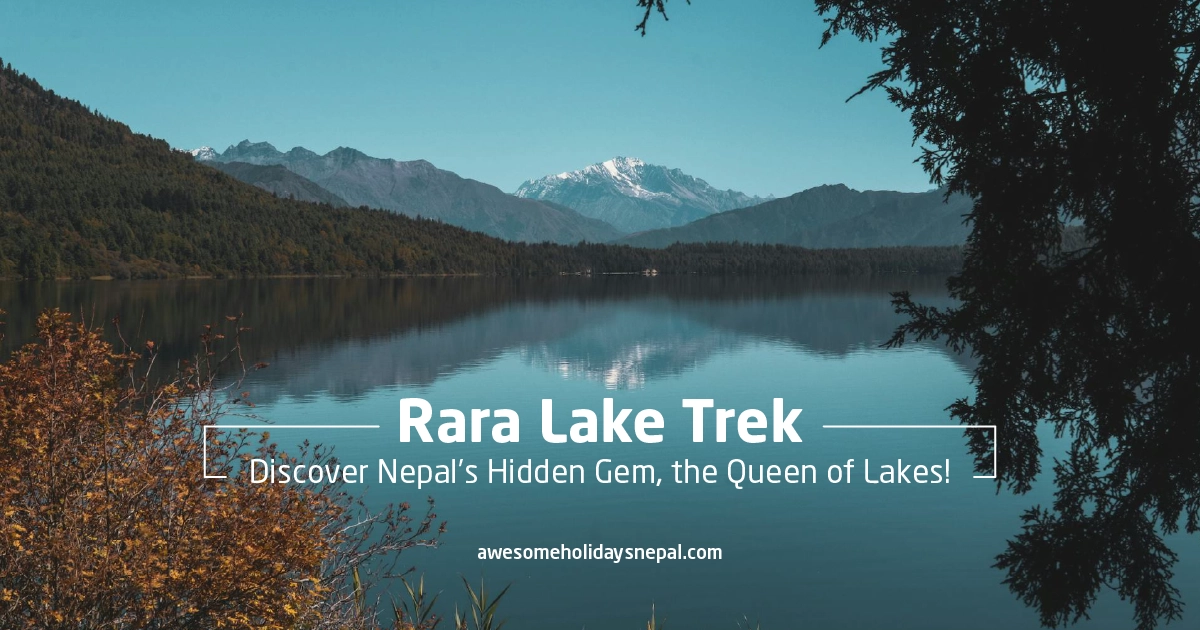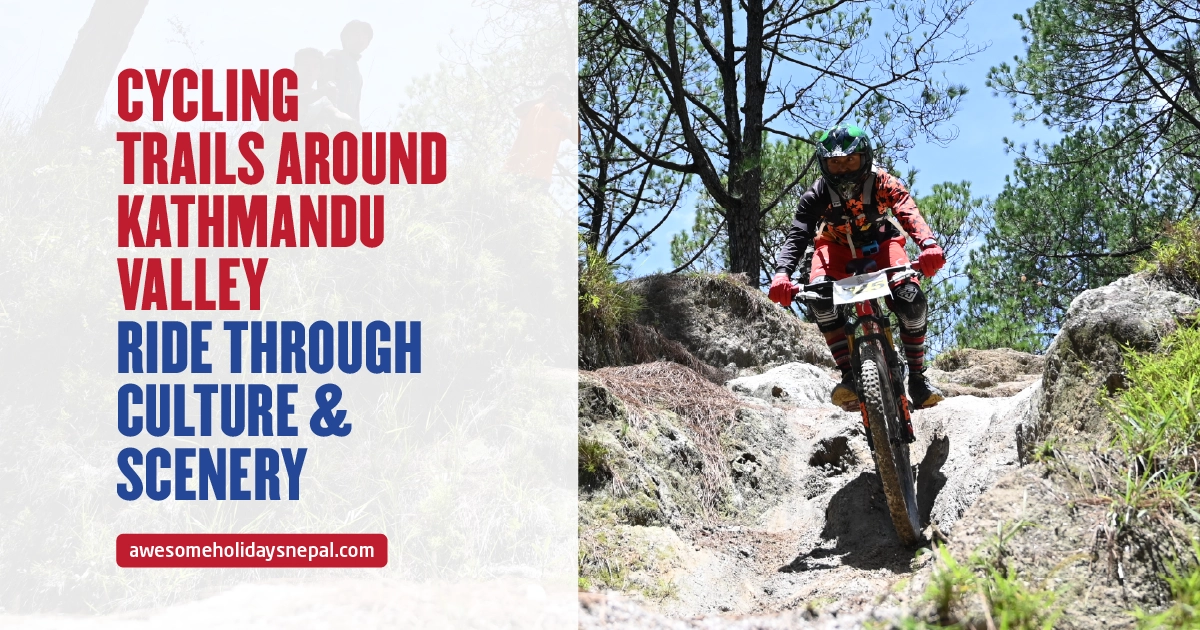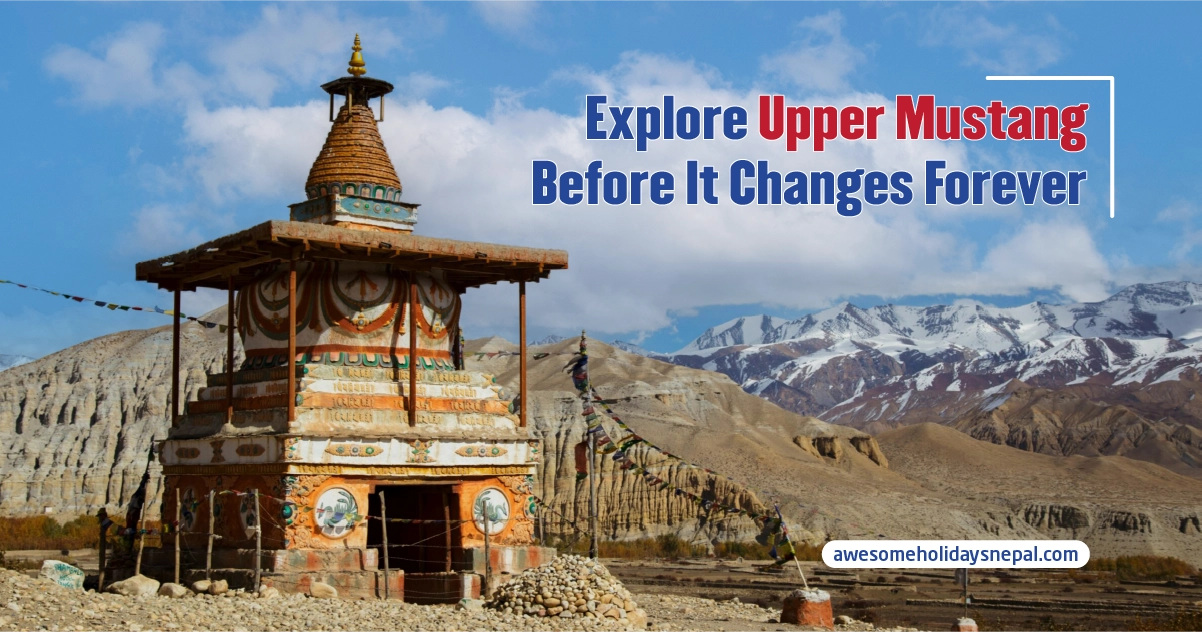Things to Know About Upper Mustang Trek: A Complete Guide
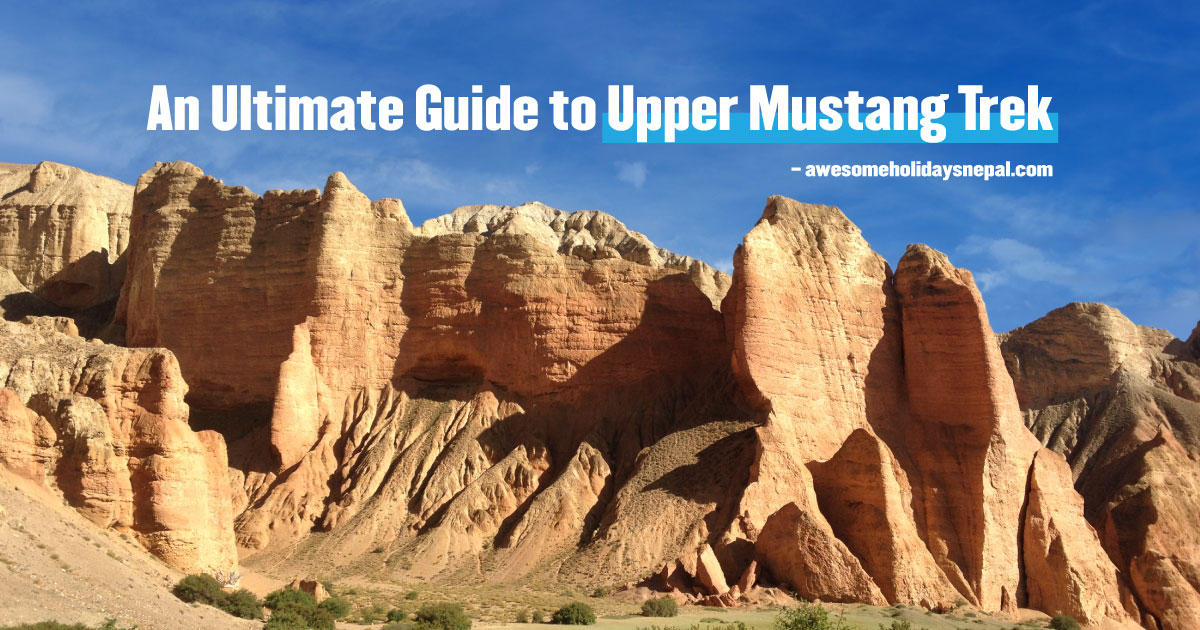
The Upper Mustang Trek is one of the most enthralling and captivating adventures in Nepal. It is also known as the “Lost Kingdom” of Nepal. It uniquely blends dramatic landscapes, ancient culture, and spiritual depth.
Located in the Dhaulagiri Zone, Upper Mustang, often referred to as Nepal’s last forbidden kingdom, became accessible to trekkers in 1992. This trek allows explorers to journey into the heart of Lo-Manthang, an isolated Buddhist kingdom steeped in history and mythology. So, if you want to hop in this adventure, this guide will assist you as it has ahh things to know about Upper Mustang Trek.
Oh, you can also do various other activities as well. There will not be a shortage of exhilarating things to do in the Upper Mustang trek. You get to explore the royal palace of Lo Manthang, experience local festivals, visit ancient monasteries, or marvel at the famed sky caves. Every activity exposes guests to the rich history, nature, and customs of this hidden kingdom.
Everything You Need to Know About Upper Mustang Trek
Why Choose the Upper Mustang Trek?
The Upper Mustang Trek offers a one-of-a-kind experience in Nepal. With dry terrain, folklore villages, and Tibetan-style culture, this area is nestled in the Himalayan rain shadow. Leading hikers through old monasteries, Chortens, and holy caves of historical relevance, the trek offers breathtaking vistas of the Annapurna, Dhaulagiri, and Manaslu Mountain ranges.
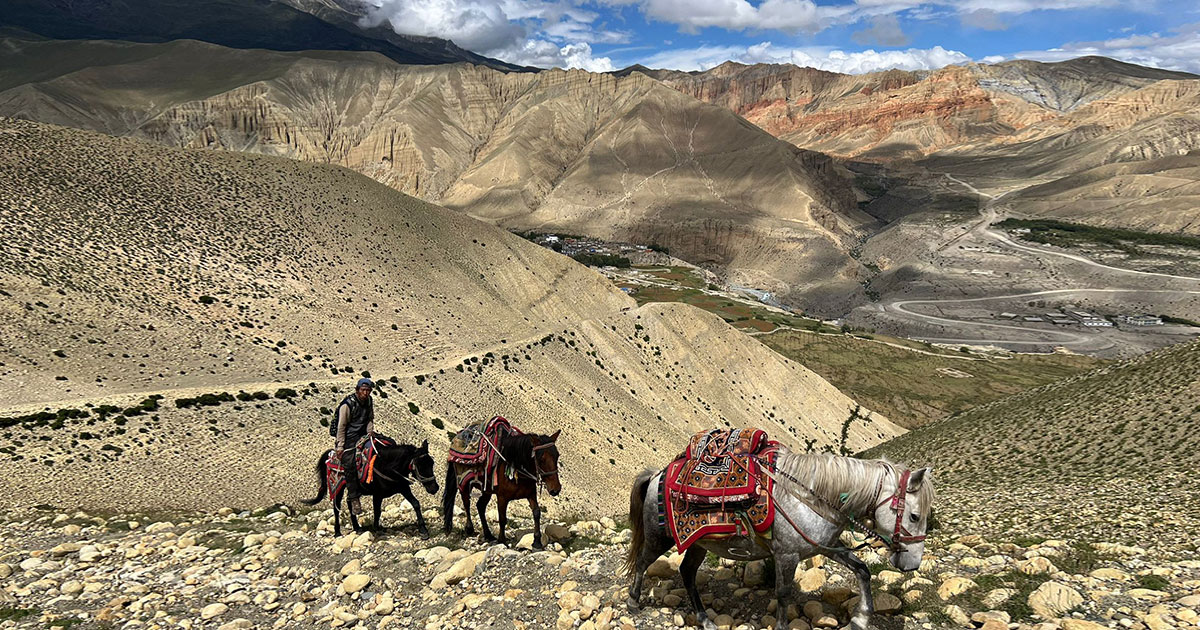
Lo-Manthang, the walled capital of Upper Mustang, is the highlight of this trek. Lo-Manthang captures the essence of the area, which is famous for its royal palace and lively cultural history. Adventurers looking for a one-of-a-kind Himalayan journey will find this trip perfect given the great level of cultural immersion and the moderate physical demand.
Highlights of the Upper Mustang Trek
Breathtaking Landscapes
The hike offers a desert-like landscape decorated with deep gorges, vibrant rock formations, and distant snow-covered peaks. In an arid environment, the journey presents remote snow-covered peaks, dynamic rock formations, and deep canyons. These unique landscapes contrast strongly with the abundant flora found in other regions of Nepal.
Rich Cultural Experience
The Upper Mustang is very rich in cultural experience. You can also say that it is a treasure trove of Tibetan Buddhist traditions. Visit the ancient monasteries, chortens, and historical heritages to sink into the region’s spirituality.
Lo-Manthang
Lo-Manthang is the cultural and historical epicenter of Upper Mustang. It is known for its well-maintained monasteries, magnificent royal palace, and lively festivals honoring centuries-old customs, Lo-Manthang, the cultural and historical heart of Upper Mustang, is located there.
Wildlife and Flora
The trek provides opportunities to see strange high-altitude flora as well as rare Himalayan fauna including blue sheep and Himalayan griffons.
Tiji Festival
It is one of the most thrilling cultural highlights of Upper Mustang. It is a three-day celebration which honors Buddhist mythology and peace with brilliant dances and customs.
Best Seasons to Visit
Success of your trek depends importantly on the weather. Spring and fall present the most ideal conditions. So, here’s a breakdown of the seasonal variations:
- Spring (March to May): The spring season is Ideal for trekking with blooming flowers, green meadows, and snowy mountains. The daytime temperatures vary from 15°C to 20°C, and they plummet to 5°C by night.
- Summer/Monsoon (June to August): Upper Mustang nevertheless remains dry, providing superb trekking possibilities, even during Nepal’s monsoon season of June to August. With lower nighttime, daytime temperatures range between 25°C and 16°C.
- Autumn (September to November): It is one of the most popular seasons for trekking. The season is adored for its moderate temperatures (20°C during the day, 5°C at night) and bright blue skies. Furthermore, this season corresponds with important holidays in Nepal like Dashain and Tihar.
- Winter (December to February): Winter treks offer solitude and snow-covered vistas. Although the area is quite cold and receives much snow, therefore difficult hiking, the isolation and snow-covered terrain appeal to some people.
Understanding the best seasons is an integral part of things to know about Upper Mustang Trek.
Trek Difficulty
Talking about the difficulty of the trek, the Upper Mustang Trek is moderately challenging. Trekkers have to manage rough terrain, high passes, and steep slopes. As the hike goes above 3,500 meters, altitude nausea might be an issue. Still, good acclimatization, physical fitness, and prior trekking will assist in dealing with these issues.
Required Permits
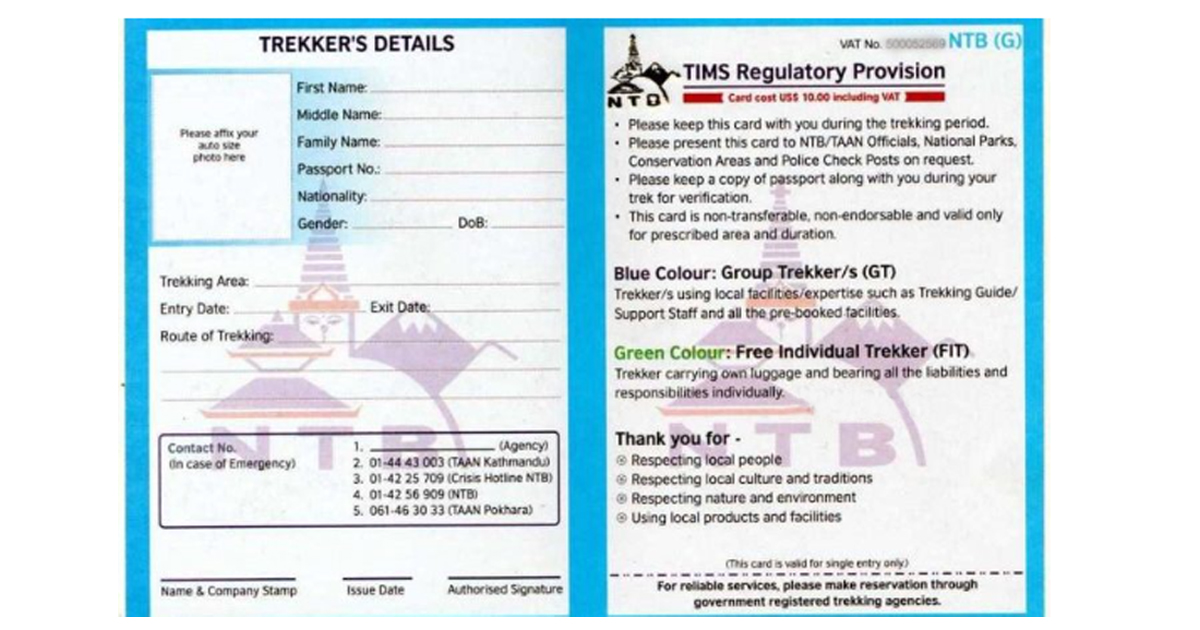
To trek Upper Mustang, you should have these three different permits:
- TIMS (Trekkers’ Information Management System): You should acquire the Trekkers’ Information Management Systems (TIMS Card) before the trek as it ensures the safety and security of trekkers.
- Restricted Area Permit (RAP): This permit is issued only through registered trekking agencies.
- Annapurna Conservation Area Permit (ACAP): The Permit is available from the Nepal Tourism Board.
Packing Essentials
Packing the right gear is crucial for a successful trek. Here’s a detailed checklist:
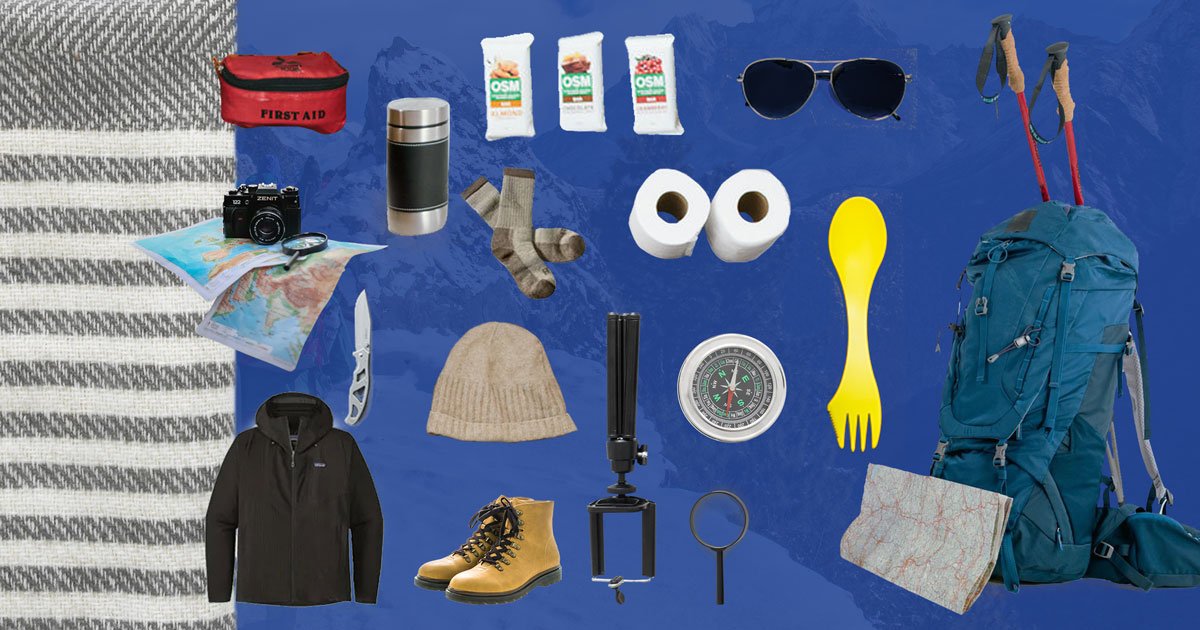
Clothing
- Comfortable trekking boots
- Waterproof outerwear, fleece jackets, and thermal layers.
- Apparel designed for hot days that are lightweight, and quick-dry clothing
- Hats and gloves of wool for cold nights
First Aid
- Do carry basic first-aid kit along with bandages and antiseptics
- It is must to have medications for Altitude sickness
- Rehydration salts and water purification tablets
Other Essentials
- High-energy snacks and trail mix
- You should have accessories like sunglasses, hat and sunscreen for protection, multi-purpose soap
- It is a must to have trekking poles and durable backpack
- A camera to capture the journey
Accommodation and Meals
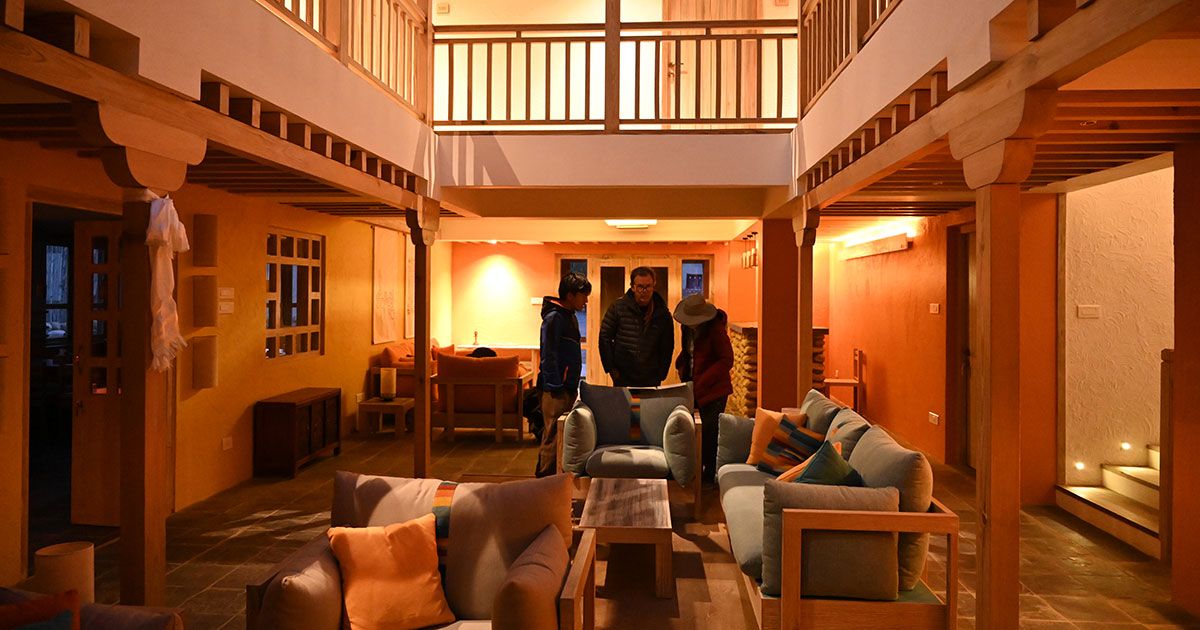
There are teahouses and lodges along the trail that provide basic yet comfortable accommodations. Meals typically range from traditional Nepali dal bhat to international options like pasta and dumplings. Facilities may become more basic in remote areas, so planning ahead is advisable.
Upper Mustang Trek Itinerary
Here’s what an itinerary for the Upper Mustang Trek looks like:
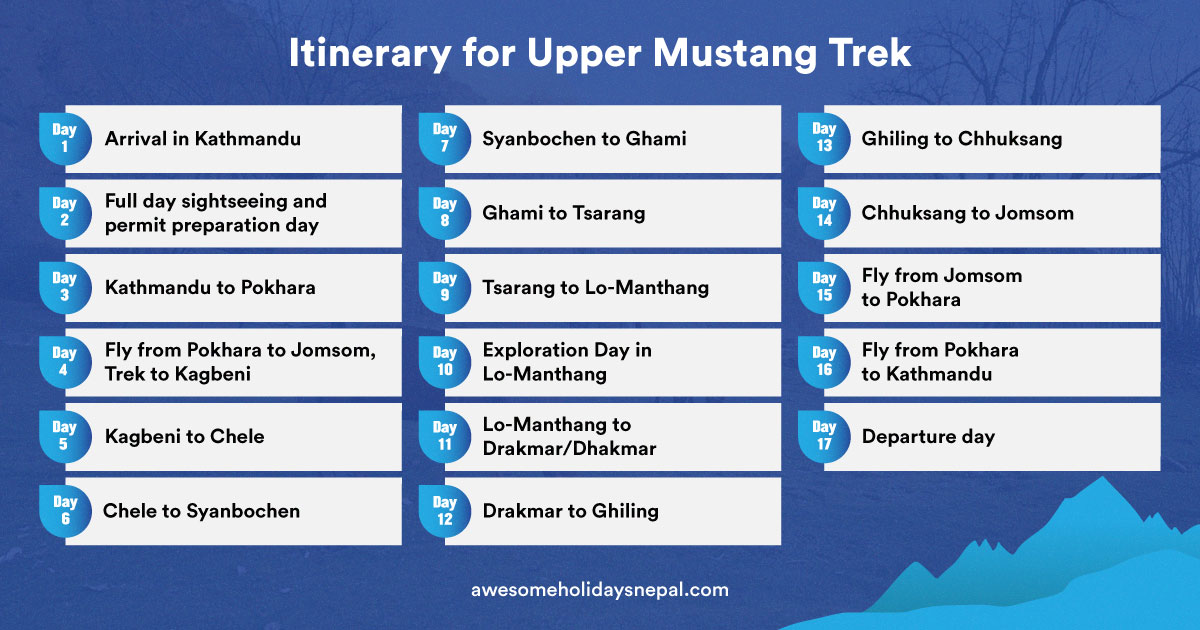
Here are Some Tips for a Successful Trek
- Hire a Guide or Porter: You need to hire local guides to know valuable insights about the region and further enhance your safety.
- Stay Hydrated: You should carry safe drinking water and water purification tablets to stay hydrated.
- Acclimatize Gradually: To prevent altitude sickness and get proper rest, do take regular breaks and let your body acclimatize at higher altitudes by trekking slowly.
- Carry Cash: You should carry sufficient cash as ATMs are unavailable in Upper Mustang.
- Respect Local Culture: Follow local customs, avoid disturbing religious sites, and always ask for permission before taking photos.
Explore Nepal’s Lost Kingdom
It is more than just a trip across breathtaking Himalayan vistas, the Upper Mustang Trek is an exploration of one of Nepal’s most culturally and historically rich areas.
This journey provides a once-in-a-lifetime experience ranging from the magnificent arid beauty of its landscapes to the lively customs of Lo-Manthang. Your trip is guaranteed to be unforgettable with proper preparation and this guide covers all the things to know about Upper Mustang Trek.
Hurry up and lace your boots and go on an unforgettable journey to the Hidden Gem of Nepal.
FAQs
Expand AllHow long does the Upper Mustang trek take?
The Upper Mustang walking trek usually takes 16 days to complete, but the duration might vary depending on how you customize your trip and the transportation you use.
When is the best time to trek to the Upper Mustang Trek?
The best time to trek to the Upper Mustang Region is during the Autumn and Spring seasons, as the climate is favorable, and the trekking route is rich in luscious greens. For a safe, memorable, and incredible experience, plan a trek between mid-September and November or March and June.
However, the trek is possible all around the year. As long as you can avoid rainstorms and sustain extreme temperatures, you can ascend during colder months to avoid the crowd.
What permits are required?
To explore the Upper Mustang region, you require three different permits: a special Mustang trek permit, an Annapurna Conservation Area project permit, and a TIMS card (Travelers Information Management System).
What is the weather like on the trek?
The weather can be unpredictable if you are trekking in a mountainous region. Usually, the temperature is lower and can drop to freezing at night.
Besides, the higher elevation areas often have snowstorms, soft rains, and chilled breezes.
How do I deal with altitude sickness?
If you get altitude sickness on your way Upper Mustang, let your trekking guide know about the situation. The guides are prepared with first aid required for such a situation.
Rest at the same spot and take anti-sickness medications. After you feel a little better, descend to a lower altitude. If the situation worsens, request the guide reach out to the head office in Kathmandu for a helicopter rescue.
What kind of gear do I need?
To trek to the Upper Mustang region, you will need lightweight and warmer clothing, trekking poles, hiking boots, headlamps, sleeping bags, sunglasses, toiletries, and solar batteries.
Is it safe to trek alone?
It isn’t too safe to trek alone in the wilderness. If you are planning to trek to high-altitude mountains like the Upper Mustang region, which can often have unpredictable weather, is prone to natural calamities, and involves risky and rough terrains, it isn’t safe to travel solo.
If you know the route very well and are mentally and physically prepared to trek alone, go for it. Otherwise, it is recommended to take along a travel guide who knows the route well to have a smooth trekking experience.
Are there ATMs along the trail?
Yes, you can find a few ATMS in Jomsom, but none are on the trekking trail.
What kind of accommodation is available?
While standard, three-star, and five-star accommodations are available in Kathmandu, the options might be restricted on the trekking route. You will most likely find tea houses with clean rooms along the route.
And yes, getting private rooms or rooms with attached bathrooms is possible, but you will have to pay an extra charge.
What should I pack for the trek?
It would be best to pack warmer clothes, trekking gear, all your necessary medications, and travel documents for the trek. Additionally, you should pack protein bars, dry nuts, and fruits for snacking on the trek, along with a refillable water bottle.
Even though the company will provide you with packaged water bottles along the journey, it is convenient to carry your own.
What currency should I carry?
For any personal expenses other than those offered by the trekking company, you will need Nepalese rupees for your Upper Mustang trek. However, it is better to have some USD or your home currency as a backup for emergencies or returns.
Exchange your currencies for Nepali rupees in Kathmandu to find the best rates.
Are there any dangerous animals on the trek?
Since the trekking route takes you through conservation areas, it is obvious to see animals on the route. Although it is less likely to find a dangerous animal on the trail, it isn’t impossible. Leopards, cheetahs, musk deer, etc, can often inhabit mountainous regions.
Traveling in groups in such forest areas is better than coming across one. But if you did, don’t just run or instigate the animal; let it pass before you move.
What is the food like on the trek?
The guesthouses and teahouses primarily serve Nepali, Tibetan, and other ethnic cuisine, including Rice, Pulses, Bread, Noodles, and Soup.
Related blog posts
Discover a choice of tourist destinations loved by most of our visitors. Whether you're on a jungle safari to spot rare animals or walking through a world heritage site, these well-planned itineraries cover the major highlights of Nepal.
